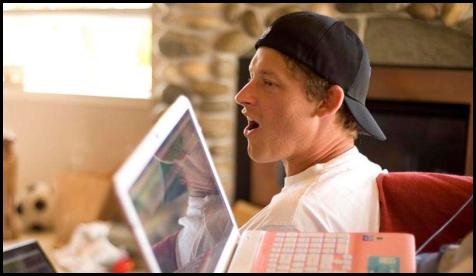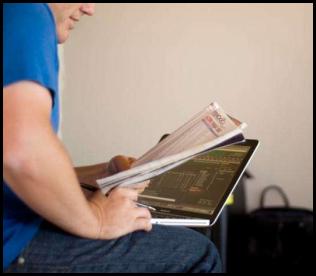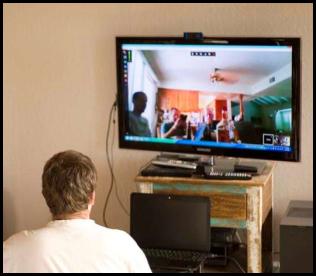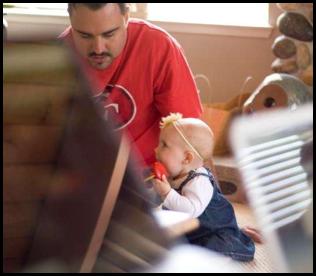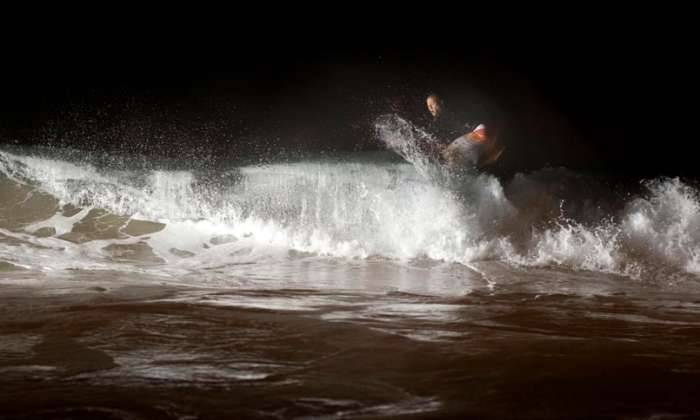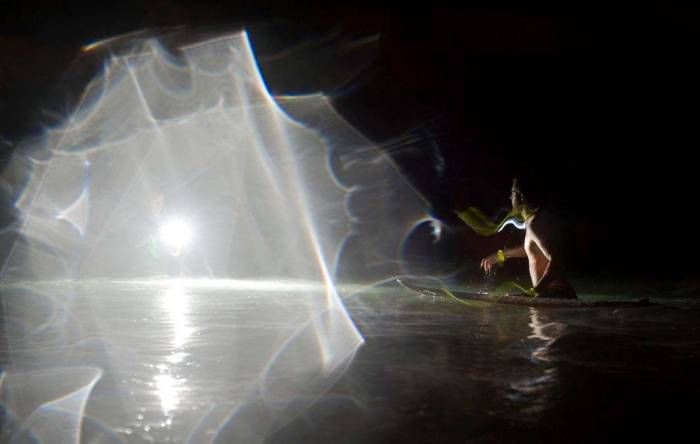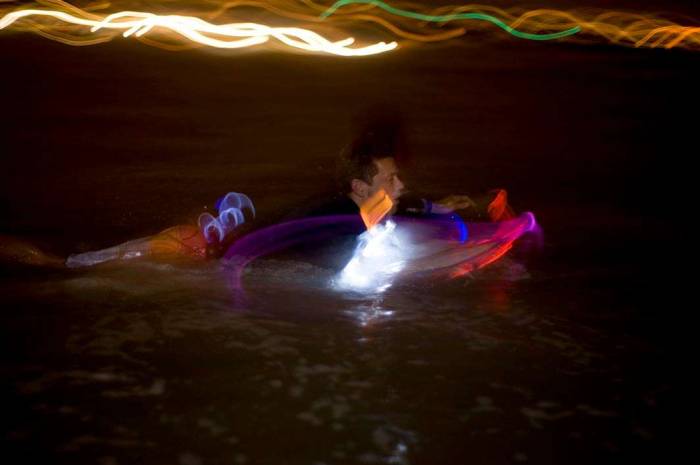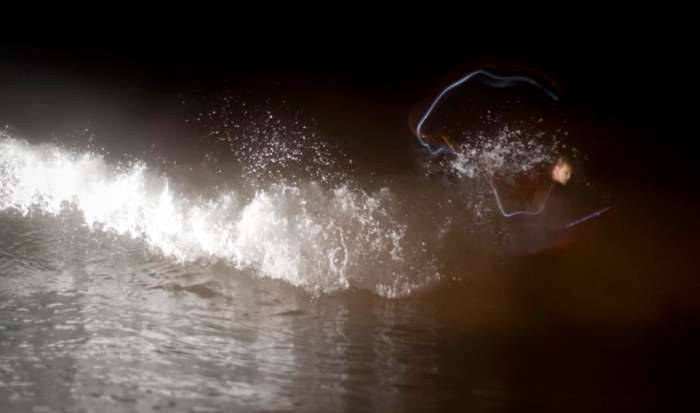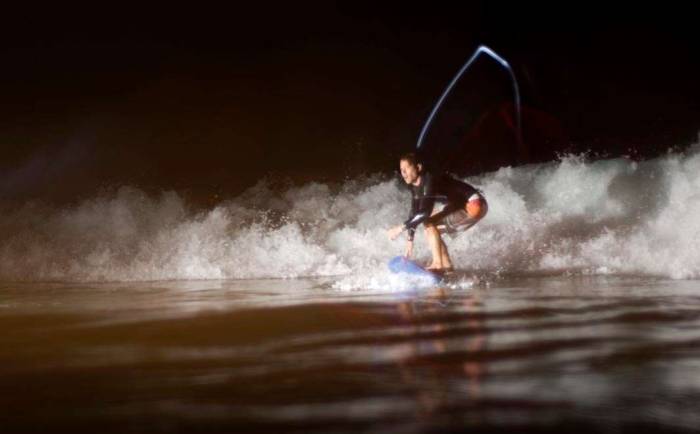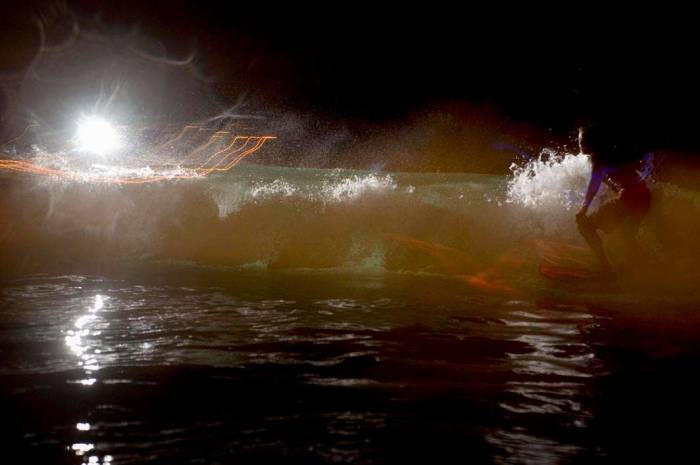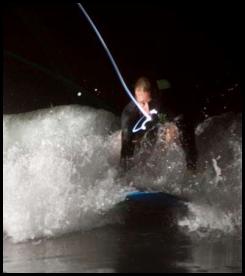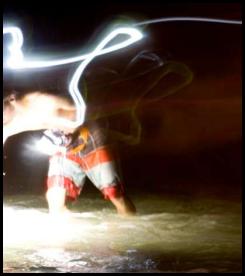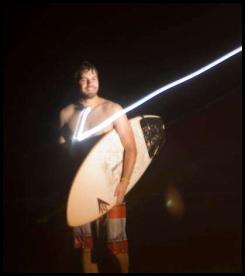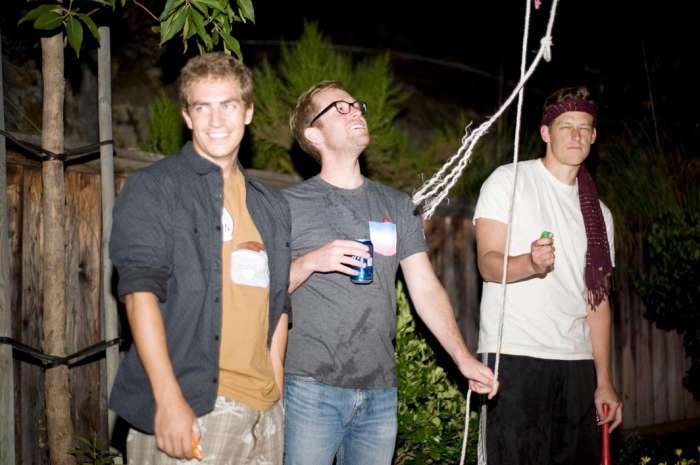The
2014 Medieval Gridiron season has arrived, we drafted at Casa de
Santos this past weekend. Good food, good drinks,
Ryan and
Dan drafted using the same fantasy football magazine - I know, right?
Now let's talk numbers. You'll want to stop reading here.
In previous years I drafted like a cowboy - who's good, who'll get carries, who'll rack up the garbage time points. What's more, I leaned on the espn draft kit, which really only helps in guessing when everyone else will be taking players. Nothing really quantitative, but I've done alright for myself.
I took a numerical,
heuristic approach this time around. The seed for this was the well known fact that you're supposed to draft running backs early because, while throwers score more points on a season, the #10 quarter back isn't too far off the #5 quarterback. But then people with Rodgers and Manning started winning, so ???
A nu strategy
Suppose for a second that you're
given a team with the bottom players at every position. Not all #32s, rather the last players that'll get drafted in your league. With a 14-team league, I'd get the #14 QB, RBs #27 and #28, and so forth. If you didn't draft at all, you might end up with a team that looked like this (ignoring benches and flex for the moment).
Now suppose you were
given one draft pick to best improve your performance for the year. Would you choose based on position? Nope. Would you choose based on projected points? Kind of. The trivial/greedy/optimal solution is to
take the player with the largest point differential to the corresponding player on your team. So trading Eli(200) up to Peyton(250) is better than Charles(300) instead of Bernard(280), even if Jamaal looks better on paper.
Simple enough, can you draft a team based on this principle? Because of work/defcon/soccer, I didn't really develop this notion other than to re-rank players using the following...
The formula
value = expected points(player) - expected points(worst player)
Where, as above, the worst player is the last one I could expect to get from the draft.
How did I determine expected points? Again, a basic formula: max(2013 points, projected), with projected being the espn projections for our scoring system (not draft kit rank). Using max() seemed appropriate because espn projections are fairly conservative and it would hoist players that were injured last year (e.g. Rodgers). Max() does come with a caveat for players that did well last year but for some reason aren't expected to score big this year (Moreno, Josh Gordon). No doubt expected value could be improved to the benefit of the above formula.
This means nothing without some mock drafts!
Say we had a two team league, each consisting of one QB and two RBs. The projected points might look like this:
|
| QB | Rich Gannon | 200 | +20 |
| QB | Jamarcus Russell | 180 | +0 |
| RB | Bo Jackson | 170 | +30 |
| RB | Darren McFadden | 160 | +20 |
| RB | Napoleon Kaufman | 150 | +10 |
| RB | Maurice Jones-Drew | 140 | +0 |
Here I'll apply my strategy against an RB-first strategy. It's not too straw man-y because the QBs are fairly close on points.
CR: 1. Jackson 4. Gannon 5. Jones-Drew -> +50/510
AA: 2. McFadden 3. Kaufman 6. Russell -> +30/490
Easy with first pick! What about going second?
AA: 1. Jackson 4. Kaufman 5. Russell -> +40/500
CR: 2. Gannon 3. McFadden 6. Jones-Drew -> +40/500
Here RB-first converges with point differential, so the other guy gets Bo.
Say we jiggle the numbers a bit and create a situation where there is a dominant QB like Peyton or Brees, but also have a coveted RB like AP or Charles:
|
| QB | Rich Gannon | 210 | +70 |
| RB | Bo Jackson | 150 | +50 |
| QB | Jamarcus Russell | 140 | +0 |
| RB | Darren McFadden | 130 | +30 |
| RB | Napoleon Kaufman | 120 | +20 |
| RB | Maurice Jones-Drew | 100 | +0 |
CR: 1. Gannon 4. Kaufman 5. Jones-Drew -> +90/430
AA: 2. Jackson 3. McFadden 6. Russell -> +80/420
AA: 1. Jackson 4. Kaufman 5. Russell -> +70/410
CR: 2. Gannon 3. McFadden 6. Jones-Drew -> +100/440
Does this scale to a 14 team league with real point values? Maybe. Should I have run this against previous drafts? Definitely.
So what draft order were you left with?
Keep in mind this strategy doesn't amount to a QB-first policy, three of the top four differentials this year come from running backs. But it certainly corroborates what many already know -
Manning, Brees, and Rodgers are first-rounders, and so is Jimmy Graham. Most importantly, it
helps with decisionmaking in the later rounds - do I get a TE, defense, or flex? When should I start the D/ST rush?
Unfortunately, Excel was hanging like crazy during the draft, I think it decided to import some junk from my player list copy-paste even though I told it to remove hyperlinks. Oh well, the Password is Taco draft is coming up.
Here are the first twenty rows, sorted by delta to the 14th or 28th ranked player ("Max Delta"). I also threw in "Draft Rank" (espn draft kit ranking) and "Proj Point Rank" (espn projected points) for comparison.
|
| 1 | Jamaal Charles | 322 | 197 | 245 | 95 | -102 | 197 | 3 | 17 |
| 2 | LeSean McCoy | 303 | 178 | 242 | 93 | -85 | 178 | 2 | 18 |
| 3 | Peyton Manning | 449 | 174 | 367 | 106 | -68 | 174 | 8 | 1 |
| 4 | Matt Forte | 277 | 152 | 236 | 87 | -66 | 152 | 4 | 21 |
| 5 | Jimmy Graham | 238 | 144 | 190 | 103 | -41 | 144 | 10 | 39 |
| 6 | Drew Brees | 400 | 125 | 330 | 68 | -57 | 125 | 17 | 3 |
| 7 | Marshawn Lynch | 245 | 120 | 230 | 81 | -40 | 120 | 5 | 23 |
| 8 | Knowshon Moreno | 241 | 116 | 129 | -21 | -136 | 116 | 93 | 121 |
| 9 | Demaryius Thomas | 243 | 112 | 216 | 84 | -28 | 112 | 15 | 27 |
| 10 | Calvin Johnson | 241 | 110 | 236 | 105 | -6 | 110 | 7 | 20 |
| 11 | Adrian Peterson | 220 | 95 | 251 | 102 | 7 | 102 | 1 | 15 |
| 12 | A.J. Green | 229 | 98 | 200 | 68 | -30 | 98 | 16 | 34 |
| 13 | Eddie Lacy | 216 | 90 | 214 | 64 | -26 | 90 | 6 | 28 |
| 14 | Antonio Brown | 221 | 90 | 188 | 57 | -34 | 90 | 28 | 42 |
| 15 | Brandon Marshall | 218 | 87 | 195 | 63 | -23 | 87 | 20 | 35 |
| 16 | Aaron Rodgers | 186 | -89 | 348 | 86 | 175 | 86 | 12 | 2 |
| 17 | DeMarco Murray | 211 | 86 | 191 | 42 | -44 | 86 | 13 | 38 |
| 18 | Chiefs | 204 | 85 | 135 | 29 | -56 | 85 | 145 | 109 |
| 19 | Alshon Jeffery | 215 | 84 | 189 | 57 | -27 | 84 | 24 | 40 |
| 20 | Chris Johnson | 206 | 81 | 157 | 7 | -74 | 81 | 57 | 70 |
And this ranking does seem consistent with reasonable draft strategy: RBs are generally the most important, you have to look at player tiers, kickers don't matter.
What do the 2014 d'oakland d'brickabows look like?
- Drew Brees - ranked 5th using greedydraft, taken 8th overall.
- DeMarco Murray - my keeper, chosen over three potential first round keepers: Rodgers, Bryant, Green.
- Chris Johnson - not happy to have him but maybe things will pan out in NY.
- Wes Welker - all aboard the Peyton Gravy Train!
- Mike Wallace - Miami passing game, ugh.
- Seahawks - had a very strong delta to the 14th ranked D/ST, many felt they went early. FWIW last year's champion drafted them in the 7th last season.
- Knowshon Moreno - by this time my spreadsheet was unusable. Back to cowboy mode and taking a risk.
- Darren McFadden - another risk.
- Philip Rivers - last season's #3 QB (albeit 100 points behind Brees), not a bad backup or trade fodder.
- Cardinals - I don't expect to have to hit the waivers for defense.
- James Jones - maybe Schaub pans out. Getting a WR1 round 11 is good in theory- The Unified Theory of Garbage Time.
- Zac Ertz - some call him a sleeper, we were already at the bottom of the barrel for TEs.
- Sebastian Janikowski - just so when I win I can say it was after drafting three Raiders.
The last night session left me
in need of a Ikelite-Ikelite sync cord with which I could trigger an off-camera SB800 using the Ikelite flash. My cord eventually came in and everything hooked up as it should.
I managed to wrangle another three subjects -
Erik,
Nathan, and Ryan. Unfortunately, without
Jon I had
no slave flash assistant. With no other options, the surfers switched off holding the flash. This, of course, mean fewer rides between them and a lack of continuity in equipment use.
Being the nightsurf veteran,
Erik picked up some
glowsticks and bravely packing taped them to his board and butt. The new camera setup didn't make them any better for focus - the led necklaces are still king - but they had some nice effects when not blown out by flash on whitewater.
There was pretty much
no moon, so waves were especially difficult to anticipate, meaning scarce quality rides.
Nathan scored a great ride early in the session but I missed the shot (backfocus I think).
Focus is still an issue, but each session I am getting better. I'm wondering if I can rig an some sort of IR flashlight to the housing to further assist.
The flash combination showed great potential. The
speedlight can really light up a wave, even from the back. I'm eager to get out there with a full time flasher. Volunteers?
And the week before was the annual taco party. So good food and good fun.









